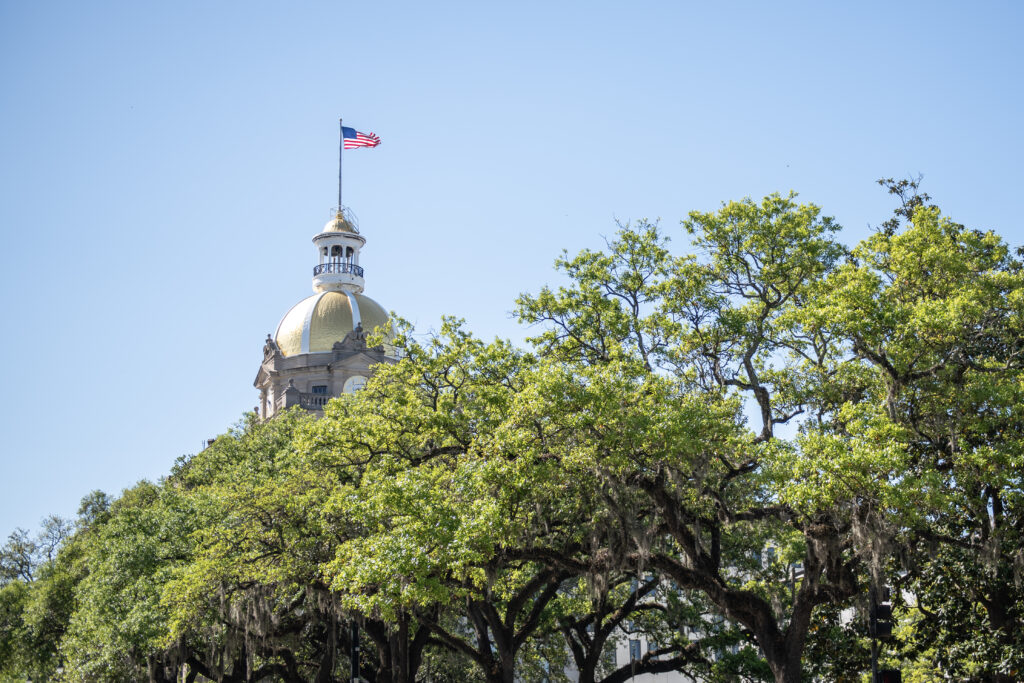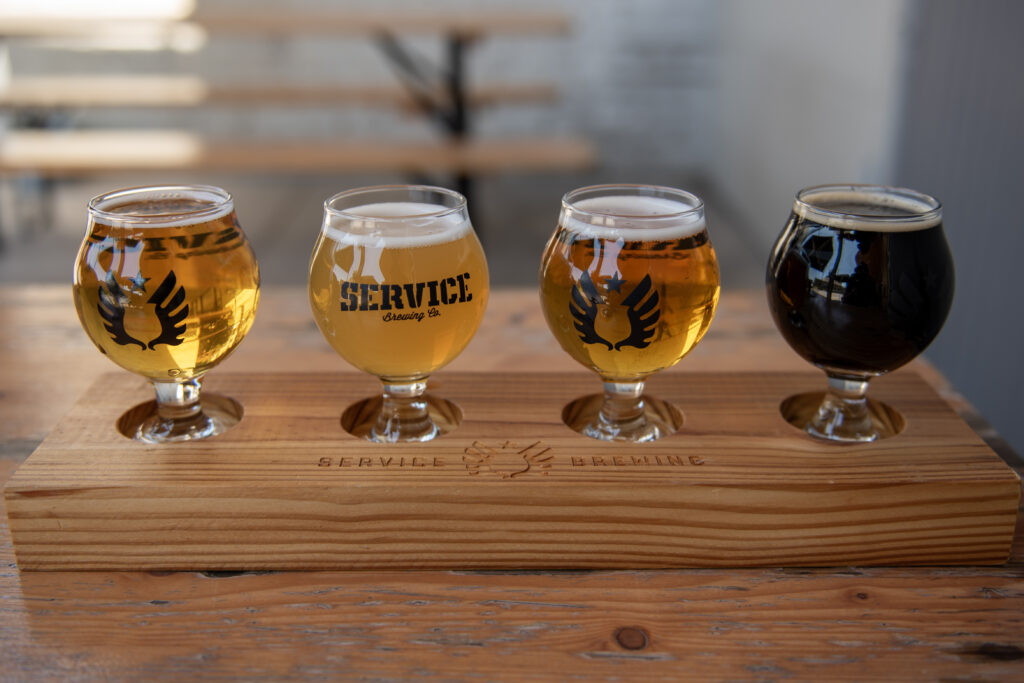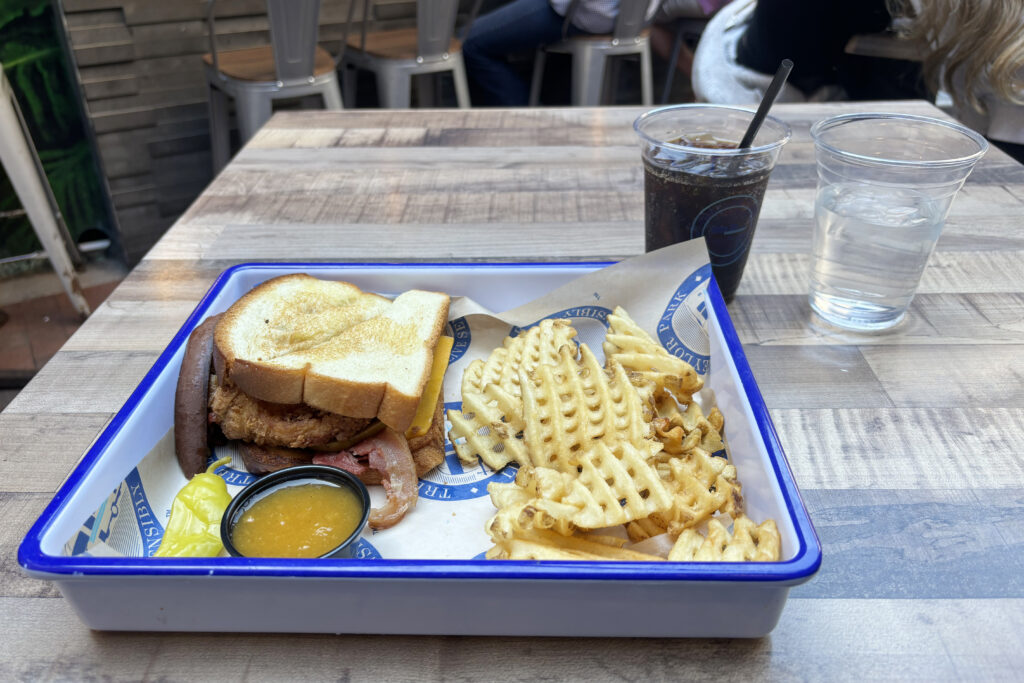- Coast-to-coast: San Francisco to Savannah (Part 1)
- Coast-to-coast: San Francisco to Savannah (Part 2)
- Coast-to-coast: San Francisco to Savannah (Part 3)
- Coast-to-coast: San Francisco to Savannah (Part 4)
- Coast-to-coast: San Francisco to Savannah (Part 5)
- Coast-to-coast: San Francisco to Savannah (Part 6)
- Coast-to-coast: San Francisco to Savannah (Part 7)
- Coast-to-coast: San Francisco to Savannah (Part 8)
- Coast-to-coast: San Francisco to Savannah (Part 9)
- Coast-to-coast: San Francisco to Savannah (Part 10)
- Coast-to-coast: San Francisco to Savannah (Part 11)
- Coast-to-coast: San Francisco to Savannah (Part 12)
- Coast-to-coast: San Francisco to Savannah (Part 13)
- Coast-to-coast: San Francisco to Savannah (Part 14)
- Coast-to-coast: San Francisco to Savannah (Part 15)
- Coast-to-coast: San Francisco to Savannah (Part 16)
- Coast-to-coast: San Francisco to Savannah (Part 17)
- Coast-to-coast: San Francisco to Savannah (Part 18)
- Coast-to-coast: San Francisco to Savannah (Part 19)
- Coast-to-coast: San Francisco to Savannah (Part 20)
- Coast-to-coast: San Francisco to Savannah (Part 21)
- Coast-to-coast: San Francisco to Savannah (Part 22)
- Coast-to-coast: San Francisco to Savannah (Part 23)
- Coast-to-coast: San Francisco to Savannah (Part 24)
- Coast-to-coast: San Francisco to Savannah (Part 25)
- Coast-to-coast: San Francisco to Savannah (Part 26)
- Coast-to-coast: San Francisco to Savannah (Part 27)
- Coast-to-coast: San Francisco to Savannah (Part 28)
April 14, 2024
Coast-to-coast: San Francisco to Savannah (Part 14)
By Simon J. Lau



Today, we made it to Savannah! Established in 1733, it holds a distinguished position in American history. As one of the earliest colonial settlements in the Thirteen Colonies, Savannah played crucial roles during the Revolutionary War and the Civil War. Its strategic location as a port city made it a coveted prize for both British and American forces. The Siege of Savannah in 1779, during the Revolutionary War, saw a failed attempt by American and French forces to retake the city from the British. In the Civil War, Savannah served as a vital Confederate stronghold until its capture by Union General William T. Sherman in 1864, marking a turning point in the conflict.


Savannah was also one of the first American cities to deploy a grid system. The layout featured a series of squares, or public parks, evenly spaced throughout the city, providing green spaces and promoting community interaction. This innovative design not only enhanced the city’s aesthetic appeal but also facilitated defense and efficient city management. Each square was originally intended to serve as a military outpost and a social gathering place for residents.
The most famous square in Savannah is Forsyth Park. Situated in the heart of the city, this park features lush, landscaped gardens, towering oak trees draped in Spanish moss, and a grand central fountain. I especially enjoyed the oak trees and Spanish moss. As a kid, I grew up in an area where there were many oak trees. In fact, there was a giant oak tree in my backyard that could have been well over a hundred years old! That said, the Spanish moss found on the oak trees here only adds to the appearance.

Upon arriving in Savannah, we visited a local brewery and found ourselves seated next to a family of five: a husband, wife, and three children. After engaging with them in conversation, I learned that they were both conservative individuals. The husband was a military veteran and former police officer, and the wife a homemaker who homeschooled their children. They also mentioned that they were both anti-vax.
What I found most interesting was our discussion about public education. They expressed concerns about what they perceived as a left-leaning and progressive educational approach in the local public school system that they did not agree with, which prompted them to homeschool their children. Coming from San Francisco, where conservative viewpoints are often discouraged, I found our conversation stimulating. More importantly, despite the tendency for some to stereotype conservative individuals like them as caricatures of the MAGA movement, I found them to be genuinely sincere in their efforts to do what they believed was the best for their family. Regardless of their political affiliation, I respected them for this.


Later in the day, we had dinner at Treylor Park. Its logo includes an image of an Airstream, and they had this mini Airstream on display at the bar. Cute! On the other hand, my entree, a grilled apple pie sandwich with chicken, was not so cute and did not look appetizing to me at all. Why would they use white bread? It reminded me of a school cafeteria sandwich. So sad. Fortunately, it tasted just fine!

Finally, our route from St. Augustine to Savannah (180 miles or 290 km).


Comments are closed.